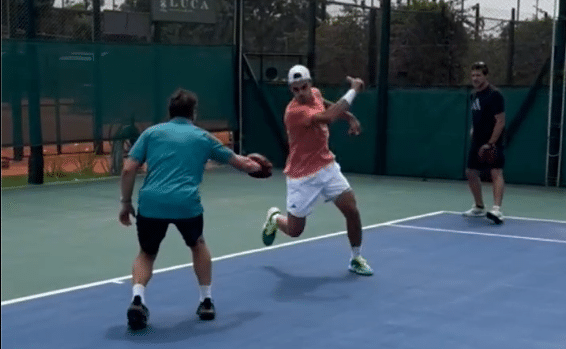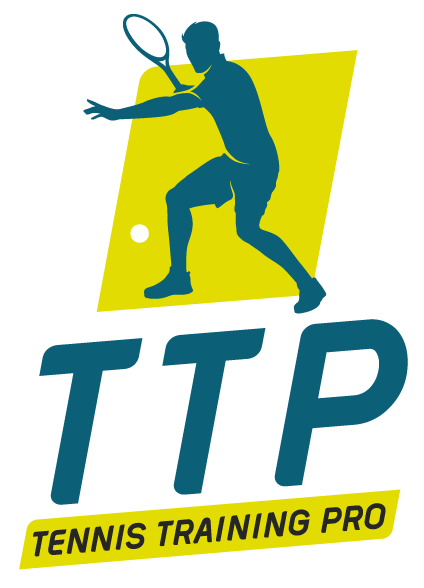Footwork in Tennis: Key to Performance and Efficiency on the Court
28 de March, 2024
In tennis, the ability to move quickly and efficiently is crucial for maintaining high performance during the game. Footwork allows players to reach the ball on time and in balance, facilitating the execution of precise and powerful shots. The goal is to reach maximum speed and be able to stop at the moment of impact with the ball. Here we explore some types of footwork and their importance in tennis.
What is Footwork in Tennis?
Footwork in tennis refers to the movements a player makes to position themselves correctly in relation to the ball. These movements include lateral steps, short sprints, and quick changes of direction. The coordination and size of these steps are essential to ensure that the player arrives on time and in balance to make the shot.
Types of Footwork
-
Lateral Steps:
- Lateral steps are used to recover court position after a shot. They are always performed facing the court to be able to react to both sides if necessary. These steps allow the player to maintain an optimal position before making the split step to the next ball, without losing sight of the opponent or the ball’s trajectory.
-
Short Sprints:
- Short sprints are fast and explosive movements performed at maximum speed. They are crucial for the player’s sports performance. They should be trained in all possible directions and in game situations, from a cross step to the first step toward the first shot after the serve.
-
Changes of Direction:
- Changes of direction are the foundation of tennis footwork. We can “read” the opponent’s next shot, but we are not sure where they will hit it. Therefore, after the split step, we may have to change direction abruptly, whether for a short or longer movement. Explosive strength is a necessary condition to optimize this type of movement.
Importance of Speed and Step Length
-
Foot Speed:
- The mobility of the legs and the speed with which we position the body for the shot are key to control and efficiency. The coordination and synchronization of movement between the feet, legs, and trunk, along with the upper body, must be trained and carried out with a routine in the gym or on the tennis court. We must always stay with the body’s weight forward, the knees semi-flexed to lower the center of gravity, and the weight on the front of the foot.
-
Step Length:
- The length of the steps should be adjusted according to the distance to cover and the required speed. Shorter and faster steps can be useful for fine adjustments and precise movements, while longer steps are ideal for covering greater distances quickly. The right combination of both types of steps improves efficiency on the court. Accelerating and braking depend on this resource, in addition to the strength to stop the movement.

Training to Improve Footwork
To develop effective footwork, it is essential to incorporate specific exercises into your training routine:
-
Specific Step Drills:
- Practice lateral steps with cones or markers on the court. Focus on maintaining a low and balanced posture while moving side to side.
- Double step adjustments to the ball. These are short steps to achieve a good impact point. They can be used to finish a drill as a transfer from a strength exercise.
-
Short Sprints:
- Perform short sprints forward to catch a ball before the second bounce. This improves explosiveness and speed, essential for covering short distances quickly.
-
Direction Change Exercises:
- Implement exercises that require quick changes of direction, such as running in a zigzag pattern or changing direction when receiving a signal from the coach. These exercises improve agility and reaction capacity.
Conclusion
Footwork in tennis is fundamental for reaching the ball on time and in balance, allowing for effective shot execution. The coordination and appropriate step size play a crucial role in the efficiency of these movements. By training and perfecting footwork, players can significantly improve their performance on the court, maintaining a smooth and controlled game.
See this post on Instagram

 ES
ES EN
EN PT
PT



